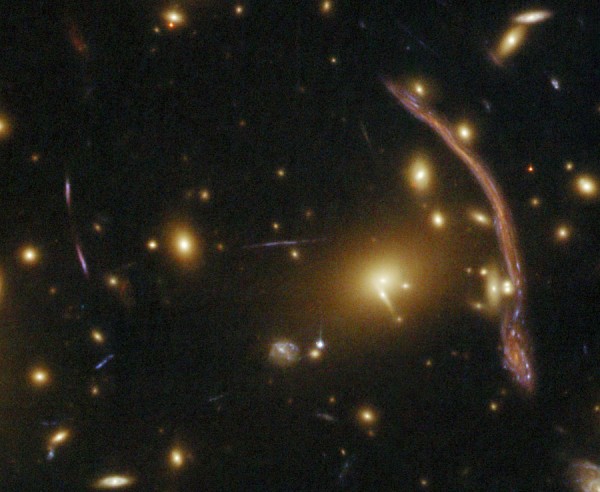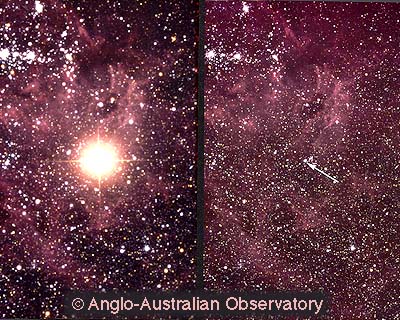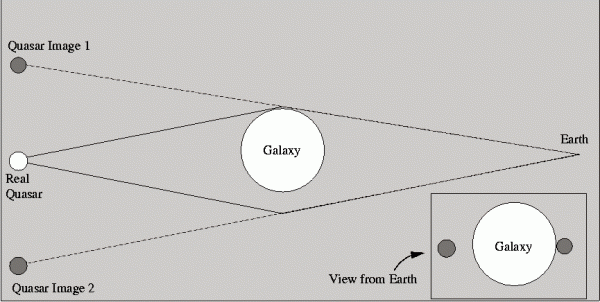Gravitational lensing happens when a cluster of galaxies happens to be directly between us and an even more distant galaxy. The light from these distant galaxies gets warped into arcs and, oftentimes, multiple images. This shot from the new Hubble camera shows exactly what I'm talking about:

Well, there are hundreds, if not thousands of these known galaxies stretched into multiple images. It's only a matter of time before we see one of these in a lensed galaxy:

Supernova! But what's amazing about this is that if we have multiple images, we'll only see the supernova go off in one of them! Why? The multiple images have different path lengths, meaning that it takes longer for the light to get to us from one image than the other.

How much longer? Well, that's what we need a supernova for: to find out! It's easy to draw configurations where the difference in path length is just a few hours, and it's also easy to draw them where the difference is thousands of years. Which one are we looking at up top? The only way to know is to wait, and to watch.
But we are waiting and we are watching! So it's only a matter of time, and now you have some new astronomy news to look forward to!
- Log in to post comments

But how do we not blink for thousands of years?
How do they unwarp the lensed image?
...Unless that's the second image and the first has already passed us by. 50-50 chance of that.
Even if we determine the mass of the foreground galaxy by other means, we still can't calculate the path lengths from the background supernova/star? What is the name of this particular supernova/star?
#1 Supernovae aren't flashbulbs, their enhanced brightness last for months.
#2 Undisturbed dark matter clumps together in a smooth way, so scientists model/adjust the dark mass distribution within the cluster, the background object's location and, using a light ray-tracing program that uses Einstein's GR, to iteratively converge to what we see in this image.
#4 GR and optics theory tells us that for background objects distorted into rings, and arcs, the lens is approximately halfway between us and the background image.
So calculate the distance to the cluster and double it. That'll give you the approximate distance to the background object. Modeling the light paths as in #2 will give you a better estimate.
#4 SN 1987a